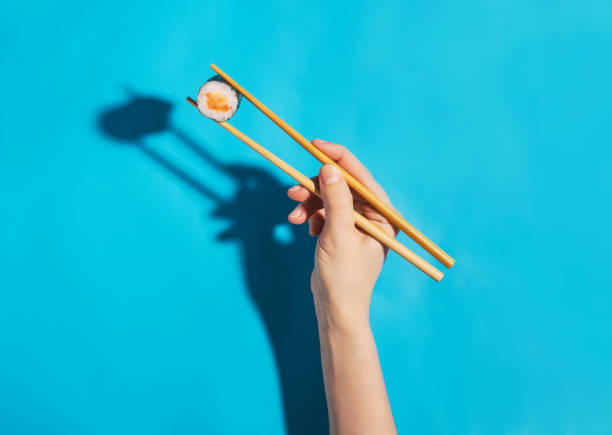Nyotaimori naked sushi, the practice of serving sushi on the body of a nude model, is an ancient tradition with roots deeply embedded in Japanese culture. Often referred to as “body sushi,” this practice has long been a symbol of luxury, artistry, and exclusivity. However, it also stirs controversy and ethical debates in modern society.
Historical Origins and Significance
The origins of nyotaimori naked sushi can be traced back to the samurai era in feudal Japan. During victorious celebrations, samurai warriors would partake in this unique dining experience, where sushi was served on the bodies of geishas. This practice was not just about the food but also about celebrating beauty, elegance, and the intricate craftsmanship of sushi-making.
Nyotaimori, which translates to “female body presentation,” was a form of entertainment reserved for the elite. The geishas, who were the epitome of grace and sophistication, played a crucial role in these ceremonies, enhancing the aesthetic appeal of the dining experience.
The Artistry Behind Nyotaimori Naked Sushi
At the heart of nyotaimori naked sushi is the meticulous art of sushi-making. Skilled chefs select the freshest ingredients and employ traditional techniques to craft sushi that delights both the palate and the eyes. The presentation on a human body adds an element of visual artistry, transforming the meal into a multisensory experience.
The model’s body serves as a living canvas, with the sushi arranged in a way that complements the body’s natural contours. This arrangement is not only about aesthetics but also about creating a harmonious and respectful dining experience. The careful placement of each piece of sushi is a testament to the chef’s skill and creativity, making nyotaimori naked sushi a unique fusion of culinary and visual art.
Modern Controversies and Ethical Considerations
While nyotaimori naked sushi continues to be celebrated for its artistic and cultural significance, it has also faced significant criticism in the modern era. Critics argue that the practice objectifies women and raises ethical concerns about consent and exploitation. These debates have led to increased scrutiny and the implementation of stricter regulations to ensure ethical standards are upheld.
Proponents of nyotaimori naked sushi argue that when conducted with professionalism and respect, the practice can be an empowering experience for the models involved. Many modern nyotaimori events emphasize consent, diversity, and inclusivity, challenging traditional norms and promoting a more respectful approach to the art form.
Nyotaimori Naked Sushi in Contemporary Dining
Despite the controversies, nyotaimori naked sushi remains a sought-after experience in exclusive culinary circles. It symbolizes luxury, sophistication, and a deep appreciation for the artistry of sushi-making. Modern interpretations of nyotaimori often incorporate innovative ingredients and presentation styles, reflecting contemporary culinary trends and cultural attitudes.
These events are carefully curated to create an atmosphere of respect and professionalism, ensuring that all participants feel comfortable and valued. The fusion of tradition and modernity in nyotaimori naked sushi offers diners a unique and unforgettable experience that transcends conventional dining norms.
Conclusion
Nyotaimori naked sushi stands at the intersection of cultural heritage and modern gastronomy. While it navigates the complexities of ethical considerations, it continues to captivate and inspire with its blend of tradition, artistry, and sensory delight. Whether viewed through the lens of controversy or celebration, nyotaimori naked sushi offers a profound and thought-provoking glimpse into the rich tapestry of Japanese culinary traditions.

